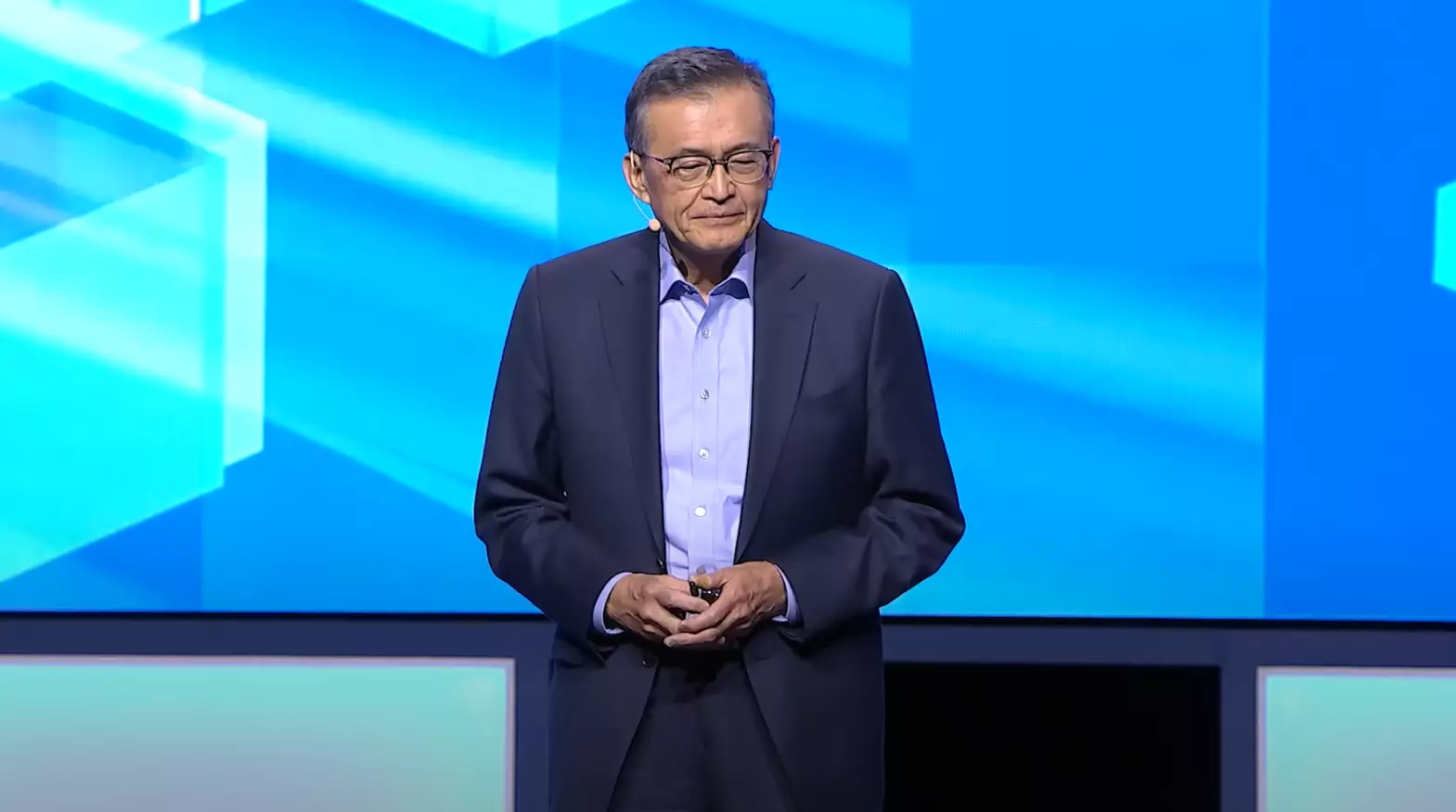With the appointment of Lip-Bu Tan as Intel’s new CEO, the tech world’s attention has turned to the much-anticipated transformation of the struggling giant. During his inaugural earnings call, Tan articulated a vision not just for recovery, but for bold reinvention through partnerships and internal restructuring. He immediately acknowledged the challenges ahead, hinting at a rigorous plan to flatten the management hierarchy while mandating employees to adopt a four-day in-office workweek. Such actions signal a significant cultural shift designed to foster collaboration and agility within the organization’s ranks.
Tan’s remarks reveal his commitment to dismantling bureaucratic layers that have, in his words, suffocated innovation. By taking swift action to simplify the leadership structure, he aims to expedite decision-making processes that are crucial for keeping pace with the fast-evolving tech landscape. Yet, this approach raises questions about how effectively Tan can motivate a traditionally structured organization to embrace change.
A Strategic Pivot Toward AI
Among Tan’s most provocative statements was his ambition to engage in a “partnership with the industry leader” in artificial intelligence. While he didn’t specify which entity he had in mind, it’s reasonable to infer that he’s eyeing Nvidia, acclaimed for its dominant AI hardware capabilities with the Blackwell architecture. Should this potential collaboration materialize, Intel’s x86 chips could find a significant new application in Nvidia’s AI systems, providing a needed diversification for Intel’s offerings.
However, the ambiguity surrounding Tan’s references to “industry leaders” also opens the door for speculation about partnerships with AI software innovators such as OpenAI. If Tan is indeed considering collaborations that extend to leading AI models, it could pave the way for Intel to create specialized AI hardware optimized for complex algorithms. Such a pivot could signify a profound realignment for Intel, especially as AI technologies revolutionize numerous sectors.
Long-Term Vision versus Short-Term Reality
Despite delivering these ambitious ideas, Tan’s candid acknowledgment of the timeline necessary to implement systemic changes should not go unnoticed. He warned stakeholders that these adjustments would require considerable time and that this journey does not constitute a “quick fix.” This admission might serve as both an encouragement and a caution, highlighting the patience required from investors who have grown weary of Intel’s recent stagnation in innovation and market share.
In the tech industry, where rivals quickly leapfrog innovations, any delays can have significant consequences. Stakeholders lured by the prospect of transformative partnerships will undoubtedly be keen to witness early results rather than merely hearing lofty ambitions. The maxim “talk is cheap” rings particularly true in Intel’s context; the focus must shift quickly from rhetoric to tangible outcomes.
Potential Collaborations and Industry Dynamics
In his call, Tan also revealed meetings with TSMC’s prominent figures, Morris Chang and C.C. Wei, hinting at possible collaborative endeavors between the two corporations. Such joint ventures could have substantial implications for both firms and suggest that Intel may be reassessing its manufacturing capabilities. There is significant speculation about whether Intel might cede some control of its fabrication facilities to TSMC—a decision that could streamline production but also challenge Intel’s independence in manufacturing.
While the prospect of such a partnership tantalizes, it raises critical questions about Intel’s intent and direction. Are they looking to merely supplement their capabilities through TSMC, or is there a deeper strategy to regain market leadership by choosing to focus on design while outsourcing production? This consideration could be a double-edged sword, balancing risk and potential for resounding success.
Cultural Shifts within Intel
Returning to office mandates is another sizable move indicative of Tan’s broader ambition to cultivate a collaborative culture within Intel. By pushing for a structured in-office schedule, he aims to rebuild the ethos of teamwork that may have eroded in recent years. This initiative underscores the significance of interpersonal collaboration in a tech environment increasingly characterized by remote work dynamics.
Yet, the implications of such a policy aren’t uniform. It could either bolster productivity through revitalized teamwork or face resistance from employees who have adapted to a hybrid model of work that offers desired flexibility. Tan’s challenge will be to gracefully transition the workforce into this era of renewed office-centric engagement without alienating those who feel disenfranchised by the sudden change.
What remains clear is that under Tan’s leadership, Intel stands at a critical crossroads. The company is poised to redefine itself against a backdrop of fierce competition and rapid technological innovation, particularly within the AI sector. Tan’s strategy will not only influence Intel’s market prowess but also redefine its internal culture as vigor and adaptability become paramount. Intel’s trajectory will ultimately depend on how effectively these ambitions transform into actionable results in the coming years.


Leave a Reply